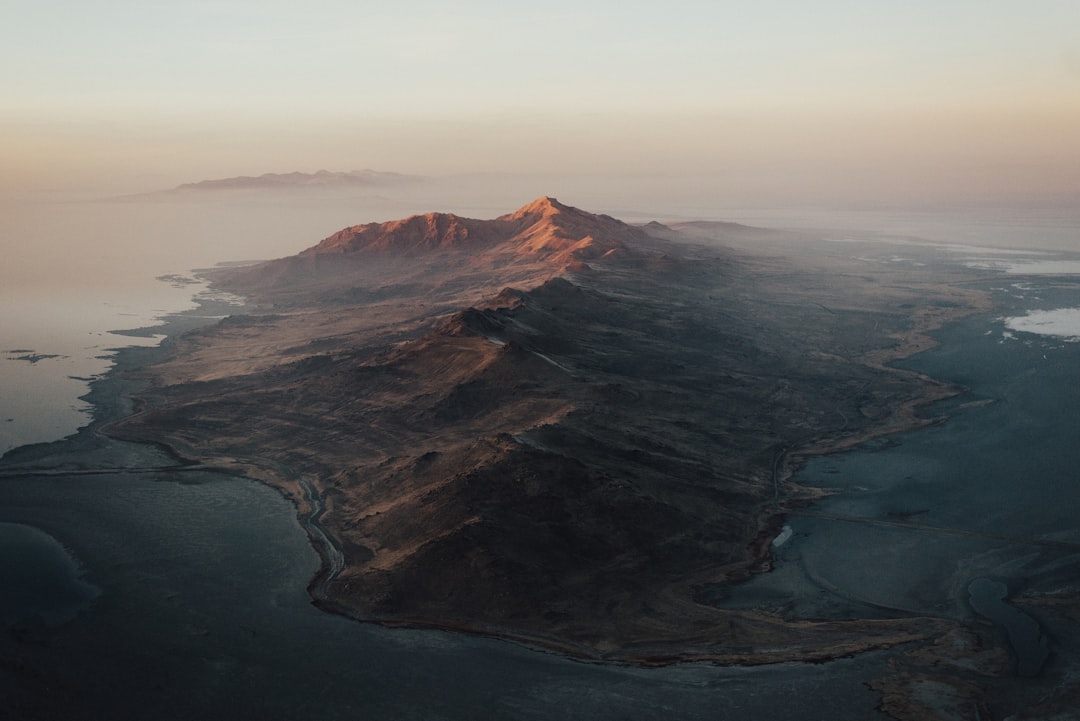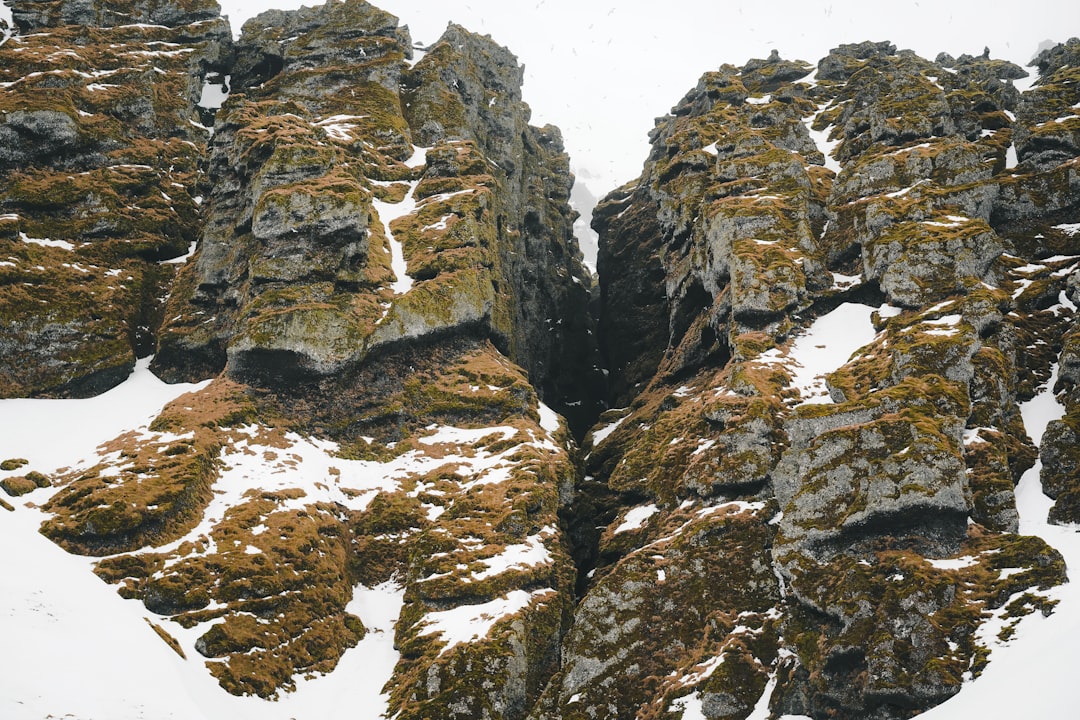What is it about?
We focused our geological study on the understanding of the landscape evolution of the Abancay Deflection in southern Peru, an important arched transition zone at the scale of the Andes. Located at the northern tip of the Altiplano, the Abancay Deflection marks abruptly the segmentation of the Central Andes spreading over the Altiplano to the south and the Eastern Cordillera northward. The striking morphological contrast between the low-relief Altiplano and the high-relief Eastern Cordillera makes this area a well-suited place to determine spatio-temporal variations in surface and/or rock uplift and discuss the latest phase of the formation of the Central Andes. By dating magmatic rocks at different locations spreading all over our study area, we determined the path of these rocks at depth allowing computing exhumation velocities. We show that exhumation rates are not homogenous from south to north. From ∼5 Ma, while the northern part of the Eastern Cordillera and the Altiplano registered similar ongoing slow exhumation, the southern part of the Eastern Cordillera experienced one order-of-magnitude of exhumation acceleration (1.2±0.4 km/m.y). This differential exhumation since ∼5 Ma implies active tectonics and river incision affecting the southern Eastern Cordillera. 3D thermo-kinematic modeling favors a tectonic decoupling between the Altiplano and the Eastern Cordillera through the activity of the Apurimac fault. We speculate that the Abancay Deflection, with its “bulls-eye” structure and significant exhumation rate since 5 Ma, may represent an Andean proto-syntaxis, similar to the syntaxes described in the Himalaya or Alaska.
Featured Image

Photo by Renny Gamarra on Unsplash
Why is it important?
No studies addressed the long-term tectonic and morphological evolution of this remote part of Peru with thermochronological tools. The numerous peculiarities of this region such as the deflection of the reliefs, the curved rivers and the high relief and topography make this area a privileged place to investigate geological dynamic. This curved, arched, transition zone presents numerous similarities with other deflected parts of mountain ranges such as the Himalaya (Nanga Parbat, Namche Barwa) or the Alaskan range (Denali area) and open the discussion of common mechanisms to explain such peculiar structures.
Perspectives
Writing this article was a great pleasure as it has co-authors with whom I have had long standing collaborations. I hope this geological approach will satisfy your curiosity.
Dr. Benjamin Gilles Gérard
Universite de Nantes
Read the Original
This page is a summary of: Differential Exhumation of the Eastern Cordillera in the Central Andes: Evidence for South‐Verging Backthrusting (Abancay Deflection, Peru), Tectonics, April 2021, American Geophysical Union (AGU),
DOI: 10.1029/2020tc006314.
You can read the full text:
Resources
Contributors
The following have contributed to this page










